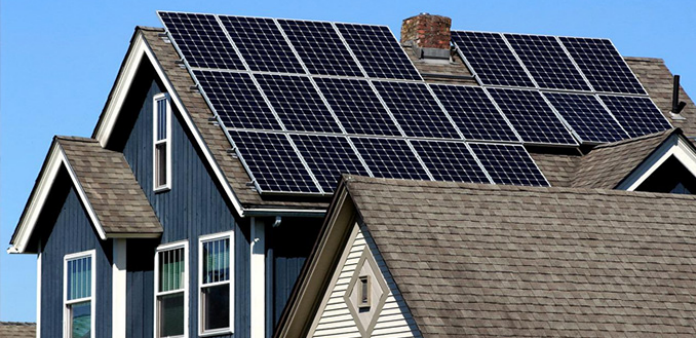Investing in a solar system can be a smart solution for homeowners. The latest solar panels and photovoltaic (PV) systems are easy to install, maintain and operate, with long-term performance and energy savings. However, to get the most out of your grid-connected solar system, you need to properly size the system to fit your energy usage patterns without oversizing the PV array.
First, you should estimate the size of the solar system. This will help you determine how many panels you need based on energy consumption. One way to estimate your energy needs is to look at your monthly utility bills for the past year and determine your average monthly energy usage. This will give you an idea of how many kilowatt-hours (kWh) you consume each month.
Next, you need to calculate your solar demand based on your energy consumption. Consider the average daily solar power generation in your area, typically 3 to 6 kWh per square meter of solar panels. Then, multiply that value by the number of square meters per panel and the peak sunshine hours for your location. By doing this, you can determine the average daily solar production of each panel.
Once you’ve calculated your daily solar production per panel, divide your average monthly energy consumption by that value. This will let you estimate how many panels you will need to meet your energy needs. Remember that it is always better to have a little extra capacity to account for the difference in energy production and consumption.

After calculating the daily output of each solar panel, divide that value by the average monthly energy consumption. This will give you an estimate of how many solar panels are required to meet your energy needs. Keep in mind that it’s a good idea to have a little extra capacity to account for differences in energy production and consumption.
Now that you know how many solar panels you need, it’s time to choose the right ones. Look for boards that have a high conversion efficiency, which means they can convert a higher percentage of sunlight into electricity. Also, if the aesthetics of the panels are important to you, consider this.
Also, consider the available installation space. If roof space is limited, you may opt for more efficient panels or consider other mounting options, such as a ground-mounted system. The orientation and tilt angle of the panels can also affect their performance, so consult a professional installer to ensure the best mounting position.
Finally, remember that investing in a solar energy system is a long-term commitment. While the upfront costs may seem daunting, the long-term energy savings and potential tax benefits can make it a financially sound decision. Additionally, the use of renewable energy sources can have significant benefits for the environment. In conclusion, investing in a solar energy system can benefit homeowners. However, it is critical to properly size the system for your energy needs and select the right panels to ensure optimal performance. By following these steps and consulting with a professional, you can make an informed decision about your solar energy investment.
Post time: Jul-13-2023